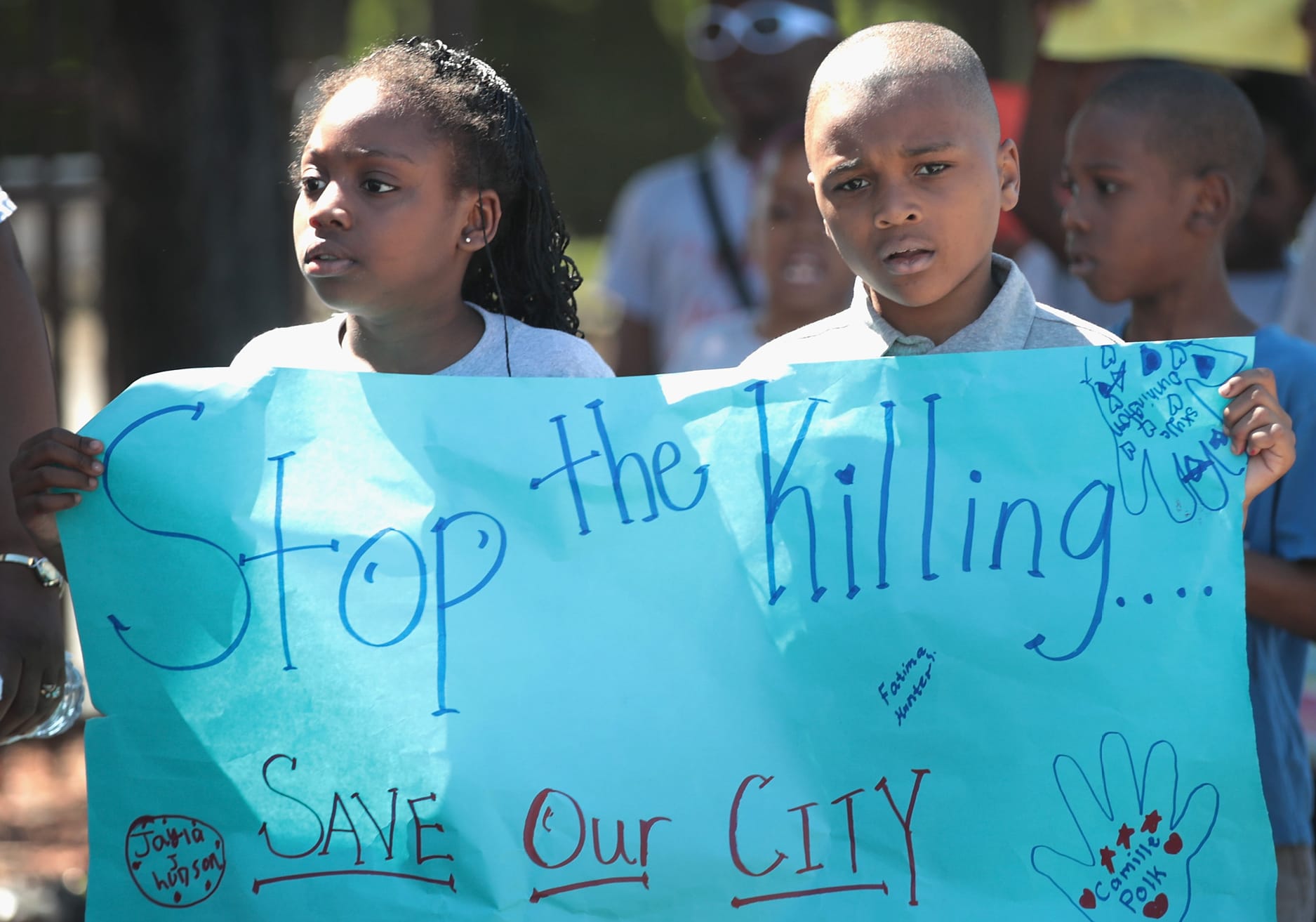
Every Murder Costs Taxpayers Millions of Dollars—and That’s on Top of the Tragic Human Cost.
A recent report published by the National Institute for Criminal Justice Reform shines a spotlight on the tremendous cost of gun violence in Stockton, California. Researchers found that each fatal shooting in Stockton costs taxpayers $2.5 million, a burden that includes the cost of crime scene response, criminal justice expenses, incarceration, victim support, and lost tax revenue.
The report also found that if Stockton could reduce its gun violence rate by just 20%, the government would save an estimated $50 million a year, emphasizing the enormous return on investment that can be generated from even moderate reductions in gun violence.
The state of California is investing $30 million in evidence-based violence intervention programs through the California Violence Intervention and Prevention Program (CalVIP) in 2020—an unprecedented level of investment for the state, and one that is sure to positively influence the lives of many of California’s most underserved residents. When we take into account the fact that gun violence costs California taxpayers $1.4 billion a year, an investment of $30 million seems like a drop in the bucket, but is likely to make an impact in some of California’s most impacted communities, including Stockton.
By investing consistently in programs that have been proven to reduce community violence, state governments can save lives while also saving taxpayer dollars.
Beyond the Bottom Line
When we talk about homicide trends, we inevitably rely on numbers to tell a story. We look at individuals as a group, quantified, and draw conclusions about whether homicides are increasing or decreasing, and what a city did or didn’t do.
These numbers are necessary and important, but it’s equally important to remember that behind each statistic is a human being. When we talk about homicide trends or funding patterns, we should never lose sight of the many human lives that are lost or forever altered by the trajectory of a bullet.
California Cities Pave the Way Forward
One of the newest recipients of grants from the revamped CalVIP program, Stockton experienced a 40% drop in homicides in 2018. From 2016 to 2018, cities that received CalVIP grant funding had reductions in homicide that were nearly three times greater than localities that did not receive this funding.
By investing in programs that target the small number of individuals at highest risk of perpetrating violence, Stockton and other cities in California, like Oakland and Richmond, have demonstrated that significant progress can be made in a short amount of time.
In April 2019, Giffords Law Center released A Case Study in Hope: Lessons from Oakland’s Remarkable Reduction in Gun Violence , chronicling Oakland’s remarkable 50% reduction in homicides and nonfatal shootings over the course of six years. By refocusing police resources on the most serious violence and targeting outreach and social services to residents most at risk, Oakland has made its streets safer.
To maintain this critical, lifesaving progress, we must continue to fund these programs at consistent levels. As Case Study in Hope demonstrated, when programs are funded in fits and starts, hard-fought progress is jeopardized and the lives of a city’s most vulnerable residents are endangered.
Other states, including Massachusetts and New York, have set inspiring examples for what can be accomplished when community-based programs are robustly funded. After a decade of investments and progress, black boys and men below the age of 30 are now about half as likely to be victims of homicide in Massachusetts and New York compared to California.
Promising efforts at the federal level include the Break the Cycle of Violence Act introduced by Senator Cory Booker in October, which would allocate $900 to community-based violence intervention programs through a competitive grant program.
The National Institute for Criminal Justice Reform’s new report helps us better understand the huge economic cost of gun violence and the pressing need to champion efforts that have been proven to reduce violence in cities across the country. At the end of the day, investing in community-based violence intervention programs is about so much more than saving money: It’s about saving lives.